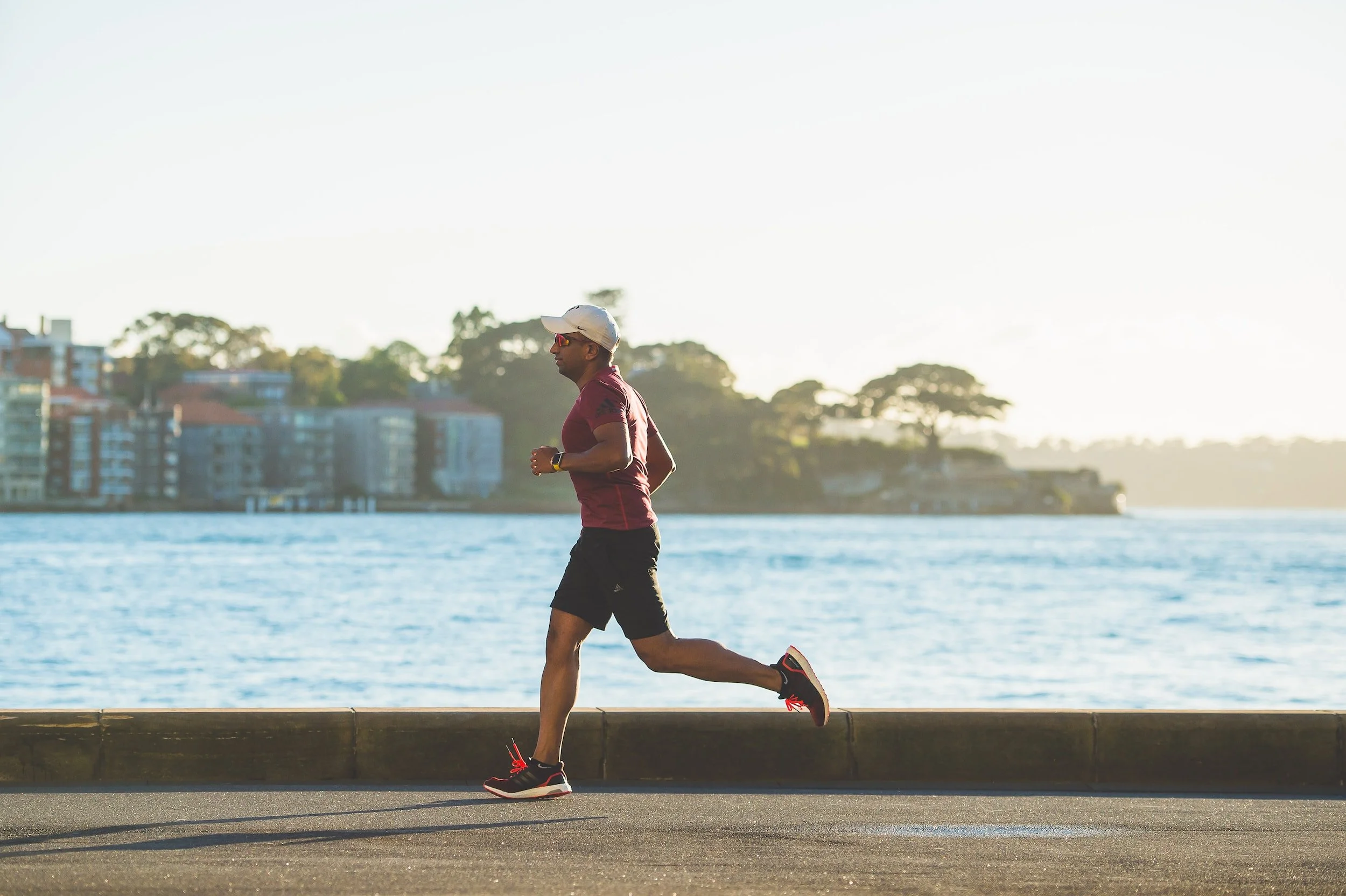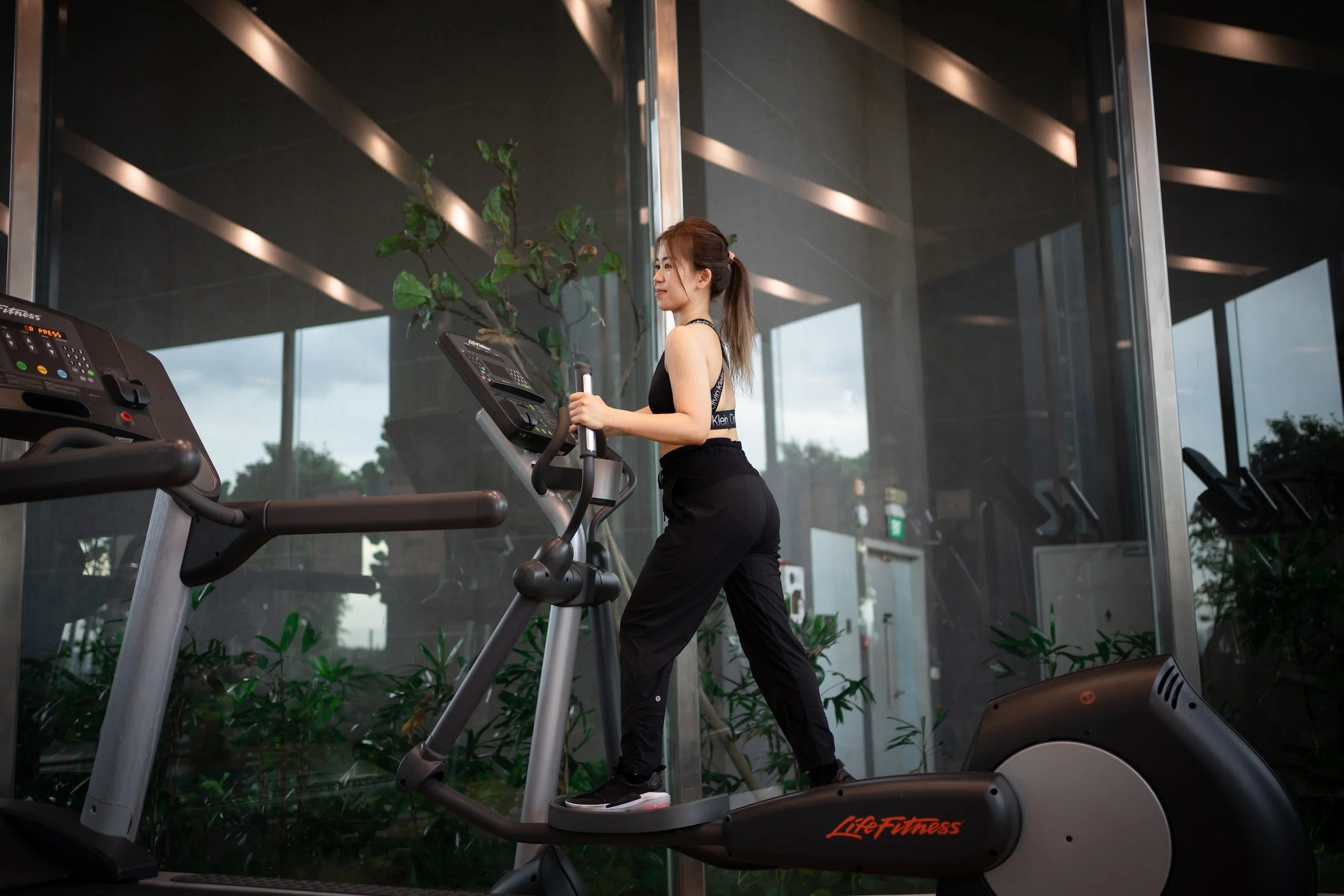The Best Beginner Cardio Workouts and Their Benefits
Updated January 2024
Disclaimer: As an Amazon Associate, I earn from qualifying purchases. I also get commissions from other companies for purchases made through links in this post.
Whether you’re an exercise newbie or just looking to recover your physique from a snack and sofa sabbatical, cardio is one of the best workout options for people of any fitness skill level. With a wide range of intensities and activities, cardiovascular exercises will get your blood pumping and metabolism bumping as you progress at your own pace.
Beginners can aim for 20 to 40 minutes of cardio a few times a week to start to see benefits. Effective forms of cardio include walking, swimming, cycling, and jumping rope.
Check out the helpful tips below on beginner cardio workouts and their benefits. After creating and customizing your beginner cardio routine, you’ll have that heart rate and blood pressure down in no time!
5 Benefits of Cardio Workouts
1. Prevents Cardiovascular Disease (CVD)
CVD is the number one cause of death among American men and women and is expected to increase exponentially in the next decade. Considering the human loss and rising healthcare costs from chronic conditions associated with sedentary lifestyles, engaging in a more active lifestyle is a no-brainer. Just 15 to 20 minutes of light exercise daily has been shown to reduce the risk of illnesses linked to heart disease significantly.
2. Strengthens the Immune System
In the aftermath of the pandemic, the importance of a robust immune system is more apparent than ever, and preventative methods are often preferred to treatments. Regular aerobic exercise boosts blood antibodies. These immunoglobulins shield our body from infectious diseases and regulate hormones that are potentially harmful to the immune system at high levels.
3. Improves Mood
It’s no secret that exercise releases chemicals like endorphins, serotonin, and dopamine — our brain’s feel-good juice — but can regular, low-impact cardio have significant effects on our disposition? Well, yes. Some studies have shown that just 90 minutes of exercise per week can have effects similar to antidepressants, adding mental health to the long list of key health reasons to maintain an active lifestyle.
4. Sexual Function
That’s right, fellas, you gotta get up to stay up. Regular cardiovascular exercise can reduce the risk of erectile dysfunction (ED), which is often an early warning sign of CVD, with 50-70% of ED cases being related to conditions like diabetes and the hardening of the arteries. For women, studies have shown that regular weekly exercise leads to increased sex drive, arousal, and lubrication.
5. Accessible to Everyone
One of the best things about cardio is that you can do it quite literally anywhere. No more excuses! You don’t need a fancy gym, expensive equipment, or a certified personal trainer. Whether you want to take a walk, follow along to a YouTube video at home, or go dancing in the street like Mick Jagger and David Bowie, getting your heart rate up is virtually free! If you experience limited mobility, there are myriad safe and easily accessible options for maintaining an active, healthy life.
What is the Best Cardio For Beginners?
LISS
1. Walking
Walking at a moderate or brisk pace for 25 to 30 minutes a few times per week can have the same benefits as running. It is an excellent low-impact aerobic activity, especially for seniors, as the low-intensity approach to cardiovascular health has proven to match the effects of HIIT exercises. The idea is to maintain a moderately elevated heart rate, or steady state, which is your age subtracted from 220. Fitbits (affiliate link) or similar gadgets are helpful for tracking this, or you can do it manually.
2. Swimming
Swimming may be one of the best total body exercises, albeit not as accessible as other LISS workouts. It is easier on the joints than walking or running, tones muscle through light resistance, and reduces spinal and disc compression. Swimming leisurely laps with resting intervals of around 20 seconds is an excellent steady-state exercise option, so if you have access to a pool or body of water, dive in!
3. Steady Cycling
A casual bike ride or stationary cycling for 30 minutes to an hour is another great way to maintain a moderately elevated heart rate. While many people associate spin classes with HIIT, cycling at a low intensity for more extended periods can provide the same health benefits as higher-intensity spinning.
HIIT
1. Jumping Rope
If you’re ready to step up from the LISS exercises, jumping rope is a fun and effective way to get your blood pumping. No, you don’t have to be a double Dutch master. There are several beginner-friendly jump rope exercises suitable for the exercise enthusiast of any skill level, and they offer numerous health benefits beyond cardio, such as strength training and weight loss.
2. Speed Squats
Speed squats are great for toning those buns while having fun. First, you want to learn proper form. Maintain a stance with your feet hip-width apart and your arms at your side. When you bend your knees, make sure to get your thighs parallel to the ground as you squat with your arms outstretched and return to the standing position. If you tend to favor your left leg, you can try shifting some of your weight to the right and vice versa. Reps should be about one second.
3. Push-ups
The classics never go out of style. An old fitness standard, the push-up, is still one of the best ways to get your blood pumping while strengthening your upper body and core. For beginners, it is optimal to start with your knees down and progress to a fully-planked position. Keep your arms shoulder-width apart and follow the namesake. It is also recommended to use grips or a semi-soft surface to reduce strain on the wrists.
How Do I Start My Cardio Workout?
After choosing an activity or exercise that you enjoy and are comfortable with physically, you want to consider scheduling. Make a timetable for a couple of LISS workouts per week. As you advance, move to a LISS/HIIT weekly routine. Remember to monitor your heart rate to make sure you are keeping it at the appropriate steady state. Gradually increase the frequency and duration of your workouts as you progress, and don’t forget to stretch!
How Long Should a Beginner Do Cardio?
Beginners should start with 20 to 40 minutes of cardio a few times per week. Don’t overdo it. It’s important to progress at a rate you are comfortable with. Over time, your goal should be to reach at least 150 minutes of exercise per week. Strength training is also recommended at least two times per week. Try using small weights (affiliate link) or minor resistance in short repetitions.
How Can a Beginner Improve Cardiovascular Fitness?
There are a plethora of ways beginners can improve cardiovascular fitness that are rooted in diet and exercise. Breaking a sedentary lifestyle and unhealthy dietary habits is key. Forming good habits like incorporating more heart-healthy foods into your diet and following a regular cardio routine can drastically improve cardiovascular health.
4-Week Cardio Program For Beginners
Starting light with short LISS workouts and progressing to a four or five-day mixed routine of LISS and HIIT is a good start for beginners. In the first week, simply focus on performing the exercises properly without worrying about goals. As you progress to higher-intensity workouts, set weekly goals and try new activities and exercises that are more challenging.
Week 1
Monday: 10-20min LISS
Tuesday: 10-20min LISS
Wednesday: Rest
Thursday: 10-20min LISS
Friday: 10-20min LISS
Saturday: Rest
Sunday: Rest
Week 2
Monday: 20-40min LISS
Tuesday: Rest
Wednesday: 20-40min LISS
Thursday: Rest
Friday: 20-40min LISS
Saturday: Rest
Sunday: Rest
Week 3
Monday: 20-40min LISS
Tuesday: Rest
Wednesday: 15min HIIT
Thursday: Rest
Friday: 20-40min LISS
Saturday: Rest
Sunday: Rest
Week 4
Monday: 15-30 HIIT
Tuesday: 20-40min LISS
Wednesday: Rest
Thursday: 15-30min HIIT
Friday: 20-40min LISS
Saturday: Rest
Sunday: Rest
Frequently Asked Questions
How much cardio should I start with?
A complete beginner should start with ten to 20 minutes of light cardio up to four or five days per week and progress to 20 to 40 minutes of exercise three or four days per week. When you feel comfortable, try incorporating higher-intensity exercises into your weekly routine. Another goal should be to reduce sitting time. Prolonged sedentary periods lead to metabolic issues and have a negative effect on longevity.
Is 10 minutes of cardio enough for beginners?
Yes, ten to 20 minutes of cardio four or five times per week is a great starting point to improve your cardiovascular health. Over time, you can increase the frequency and duration of your workouts, but always remember to give yourself time to rest. You never want to overdo it when starting out. Take it slow and progress at your own pace. Even low-intensity exercises will have noticeable positive effects in just a few weeks.
Does 5 minutes of cardio make a difference?
Yes, even a 5-minute cardio workout can have health benefits, especially if it is done consistently and in concert with other daily activities that require physical exertion. Regular short-interval cardio has been shown to lower blood pressure, reduce cholesterol, and improve brain function. Sometimes, all we have is five minutes, so don’t be afraid to bust out a few squats in the elevator or some jumping jacks before your Uber arrives.










